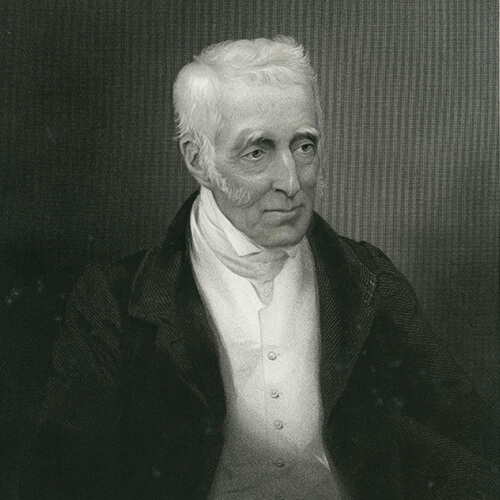
Professor Geoffrey Batchen from the School of Art History, Classics and Religious Studies says the photographic image can take multiple forms and, like the Duke’s portrait, can over time see an original daguerreotype reproduced as a painting, wood or steel engraving, lithograph or in a number of other media. This image is “a non-medium-specific phantom, tied to, but detached, from the photograph itself”.
This journey is the central theme of Apparitions, curated by Geoffrey and his eight Honours students.
“As the show’s title suggests, the photographic image is haunted because it’s always been inhabited by the photographic process from which it has been derived. As a result, it’s a rare opportunity for New Zealanders to see images across a range of media from photography’s earliest decades.” Geoffrey has 25 years’ academic experience in photographic history and says this type of exhibition “is seldom seen in this country and is a subject rarely engaged by scholars anywhere”.
Among the collection of lithographs, engravings and photographs on display are daguerreotypes dating back to 1841, when these early types of photographic portrait captured on silver-plated copper were first produced. The exhibition also includes a number of images created by the English inventor of the photograph, William Henry Fox Talbot, and engravings based on some of the first photographs produced in Africa and elsewhere.
The 85-piece exhibition is the culmination of a year-long Honours class. Each student has contributed an essay to the exhibition’s illustrated catalogue— supported by a grant from the Ronald Woolf Endowment Trust—and a public presentation at the Gallery.
Student Millie Singh says co-curating the show has been a great opportunity. “As an Art History student, it’s fantastic to see my research put to a practical use and to gain hands-on experience in planning an exhibition.”
The exhibition is on until 21 December 2017.
